In Birmingham’s Ladywood, Civic Square is championing a radical, community-led approach to urbanism, echoing the ideals of William Morris and a tradition of progressive planning and architecture. Joe Holyoak examines how this bold vision addresses the challenges of regeneration and sustainability – and whether pragmatic compromises may be needed as the organisation moves towards implementation
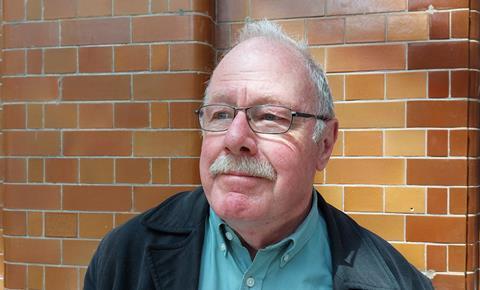
If you walk to Port Loop, Urban Splash’s canalside residential development in Ladywood, Birmingham, you approach it via Icknield Port Road and turn into Rotton Park Street. This street bisects the loop of James Brindley’s original wandering 1772 canal and comes to a stop when it hits the straight line of Thomas Telford’s 1827 New Main Line canal. Before reaching the smart new terraces of houses designed by Howells and ShedKM, you pass some empty and neglected old buildings – a sample of the industrial dereliction that previously covered the site before Urban Splash acquired it.
One of those buildings is the intriguing Art Deco concrete salvage depot built by the city council in 1932. It has a wide ramp, up which refuse trucks drove before tipping their contents into an incinerator from the first floor. It is owned by the Canal and River Trust and leased to Urban Splash, who sublease it to an organisation called Civic Square.
I imagine the name is deliberately ambiguous. When I first heard it, I assumed it was a place and looked in vain for it in the Birmingham A to Z.
Civic Square is difficult to classify. It is a community interest company (CIC) that was formed in 2020. Based in Ladywood, it essentially wants to change the world.
Its activities are driven by a number of interconnecting principles: localisation, decarbonisation, combating climate change, retrofitting buildings, deprofessionalising knowledge, democratising planning, making technology accessible, and removing social inequalities. It aims to enable a more equitable society in which powers are devolved to communities and neighbourhoods, and the means of production no longer lead to the destruction of the planet.
The salvage depot is the location for its demonstrator project, the Neighbourhood Public Square. This is being progressed in collaboration with the architect Indy Johar and the organisations Architecture 00 and Dark Matters Lab. The first phase of the Neighbourhood Public Square is intended to be the Neighbourhood Microfactory + Materials Lab, located underneath the ramp. Civic Square writes that the Lab “is envisioned as a bio-based material production space, transition skills school, and demonstrator for the productive capacities needed, at the neighbourhood level, to steward built environment transitions, repair, and maintenance.”
From this, you may gather that for an outfit that promotes the principles of accessibility and democratisation, Civic Square has an odd tendency to use rather opaque language to describe what it is about. But I don’t mean to belittle its activities.
I am reminded of another revolutionary, William Morris, and the Arts and Crafts Movement
One of its recent publications is a report of a 2024 collaboration with the not-for-profit architecture studio Material Cultures. Their research produced a map of eco-responsible building materials produced in the West Midlands and elsewhere – from sawmills, factories, stone quarries, brick kilns, timber reclamation yards, and so on.
The document contains a detailed materials matrix, in which each material and manufactured component is quantified comparatively by its retail cost, its miles travelled from source, and its embodied carbon. The intention is that this matrix will be a useful resource for retrofit projects and will inform the fit-out of the Neighbourhood Microfactory + Materials Lab.
There is an apparent paradox in an organisation that promotes a radical, even revolutionary, world-changing view, alongside the use of traditional materials and craft techniques. Imandeep (Immy) Kaur, the director and co-founder of Civic Square, denies there is any paradox: the two are complementary and necessary to each other.
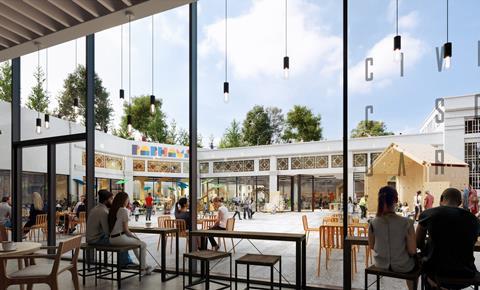
I am reminded of another revolutionary, William Morris, and the Arts and Crafts Movement, and SPAB, which Morris founded and which promoted retrofit long before the word was invented. I am reminded too of Walter Segal and his democratising of architectural and constructional knowledge through his timber-framed self-build programme, using simple and accessible materials and components with which ordinary people might transform their lives.
I suggested to Immy Kaur that self-build housing would be a logical area into which Civic Square might move, building on its Neighbourhood Trade Schools, through which it has been disseminating practical skills and knowledge among residents of Ladywood and elsewhere. I can imagine Civic Square following a similar path to that followed by Assemble: an innovative and multi-skilled collective, challenging the orthodox structures of professional architectural practice. Then there is also the matter of the regeneration of Ladywood.
It is striking that Ladywood has a huge regeneration programme (in reality, large-scale redevelopment) being planned (which I have previously written about in this column) and, at the same time, a radical thinktank located there, which proposes the devolution of planning and decision-making down to the neighbourhood level. Yet there seems to be no correspondence between the two.
The programme, for which Birmingham City Council has signed Berkeley Homes as its private sector partner, is still at an early stage. There is allegedly no plan as yet, but the inept way in which the city council has gone about involving the approximately 6,000 residents affected by the proposal has created widespread fear and anxiety in the Ladywood community.
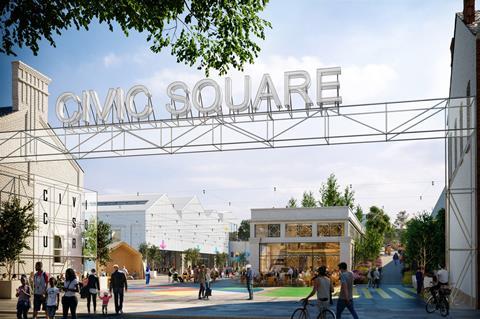
When I put it to her, Kaur considered that an involvement by Civic Square, working with Ladywood residents to develop a community-based, bottom-up development process, might be possible. I would like to see it, but given the city council’s entrenched attitudes, it is unlikely. If it were to come about, there would need to be some pragmatic adjustment to Civic Square’s principles.
There are two principles which Civic Square would bring to a redevelopment. Firstly, no demolition, as this adds to the climate crisis – retrofit of existing buildings is the rule. Secondly, a reduction of the need for new-build.
This second principle is problematic, as Ladywood, comprehensively redeveloped in the 1950s and 60s, is thinly built, with a population density of half of what it was before redevelopment. The council’s regeneration target is to increase that density by 281%.
Civic Square’s policy on densification is to build upwards – timber-framed additions to existing buildings. This inadequate response would have to change. But the prospect of a radical, community-based programme for neighbourhood transformation (not including Berkeley Homes, I think), led by Civic Square, is nonetheless an appealing one to imagine.
>> Also read: Howells’ 234-home canalside development in Birmingham approved
>> Also read: Birmingham used to know how to undertake community partnerships. It needs to relearn… quickly
Postscript
Joe Holyoak is an architect and urban designer practising in Birmingham.


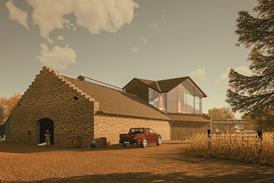
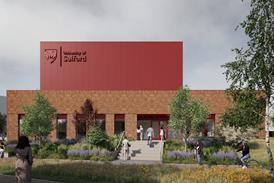
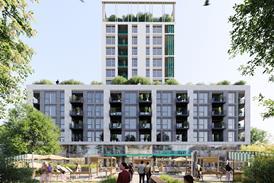



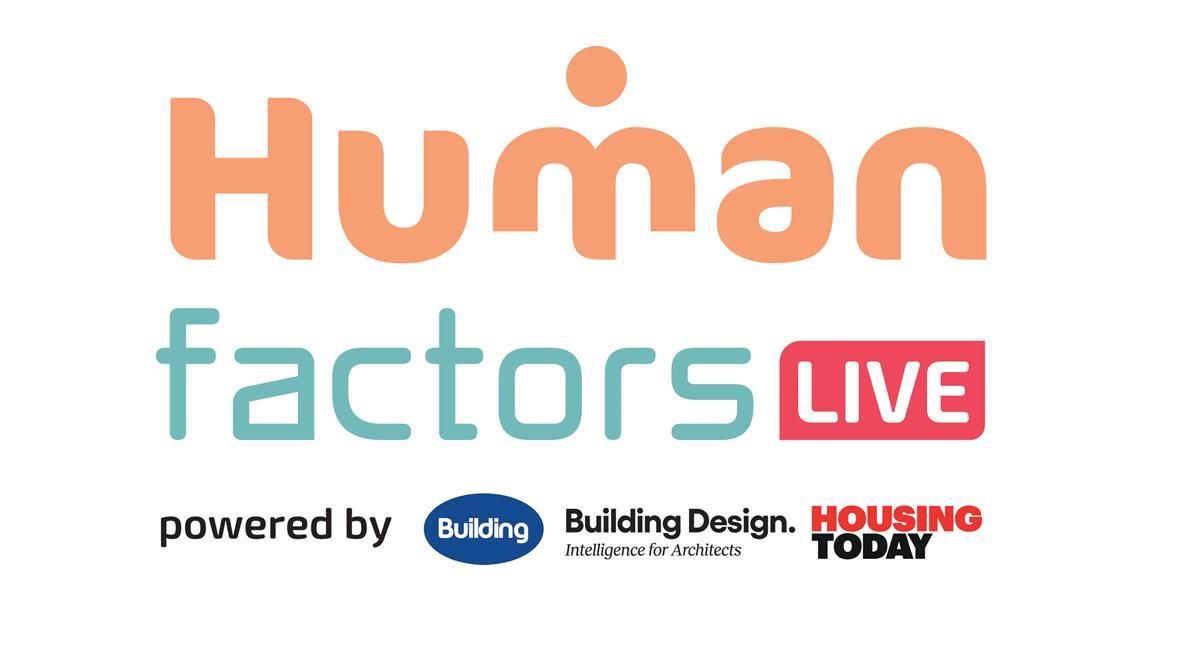
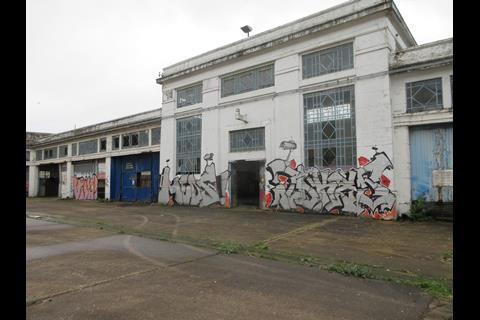
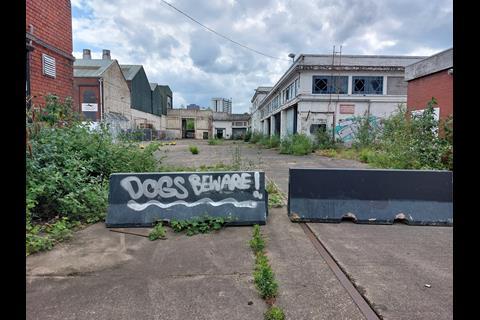
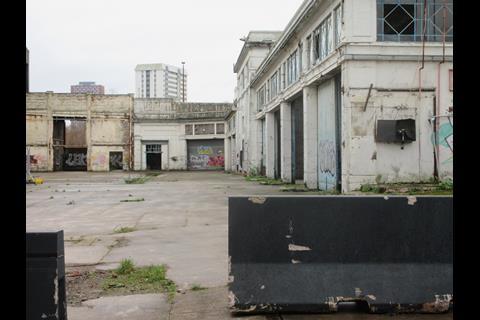

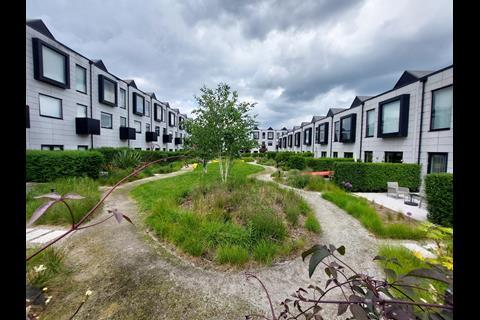







No comments yet